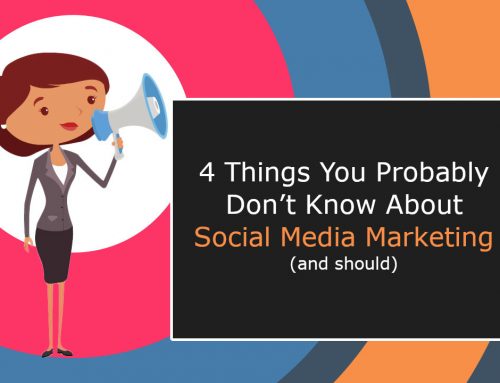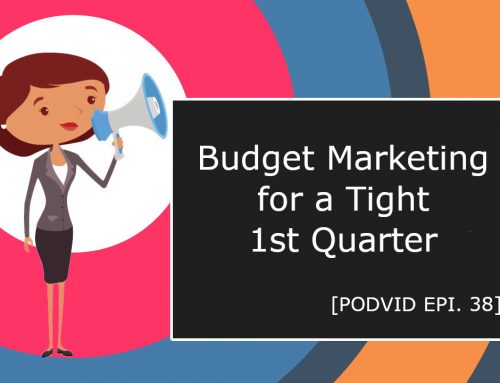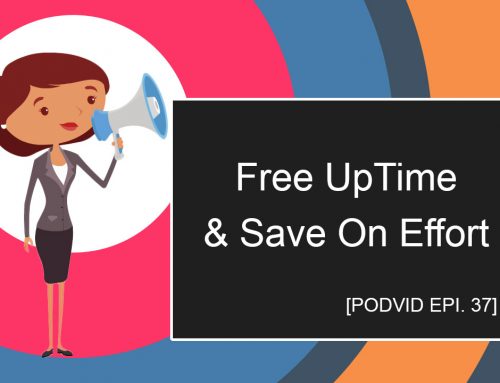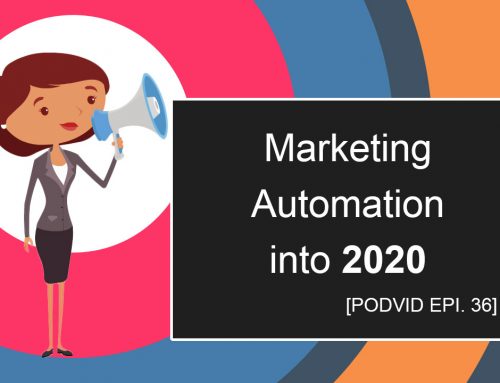There should never be any reason to mislead a customer or potential client, the worst of which is to get ‘the sale’. What is that sale worth when you’re exposed for being misleading and at worst, fraudulent? Having fraud associated with your brand isn’t a great plan, so there’s no time like now to make the most of the present. Right now, transparency gets you everywhere, as does great customer care.
Quick Tips
No Clickbait!
Clickbait titles once worked because it tickled human beings’ innate curiosity, and got the click which was giving them a paycheck. “Pay per click” scenarios were commonplace until click-stuffing began. This is how clickbait titles began, and why they persisted so long. Sites just wanted the click for profit, so it didn’t matter what the content was inside, even if it were riddled with viruses, it was just a paycheck. Since it became easy enough to defraud this sort of system, clickbait became a fad on its way out rather quickly.
Some are still doing it, but be warned – Google places strong penalties onto companies engaging in clickbait which are hard to dig your way out of.
Content Matches
The content needs to match the title. If the title says, “You won’t believe what just happened to this little girl!” then hopefully you’re into scouting or some other enriching life activity whereby girls learn things to live a better life. Then the video’s title makes sense. It could be for a cancer patient’s last wish if you’re a non-profit dedicated to the care of cancer patients or their families. It would not, however, be appropriate to put a title like that onto a “How to be a pickup artist” site, for what should be obvious reasons.
Google’s crawlers have a clever algorithm for finding clickbait and obliterating it.
The Abstract
It’s not just the headline that matters though, it’s the content. If you haven’t grabbed the reader within the first paragraph, then nothing else you wrote matters. It’s a sad fact, but it’s true. You need to ensure that your summary text or synopsis matches what the article is about. Consider this to be like a research paper’s ‘abstract’ section. It presents what to expect from the paper, and sets about doing just that. It’s like a rough roadmap of where you intend to take the reader. If the reader enjoys your ideas, they’ll go along for the trip with the writer, but if the summary doesn’t interest them, they’ll leave without reading it.
Targeting
It’s for that reason as mentioned prior, that you need to target the right audience for what you’re writing as well. You wouldn’t do well to promote gun rights to people who are trying to save rainforests and oceans. Depending on what you’re selling, many things play into deciding who your audience is. Many companies go the easy route and do a cloned audience, where they figure out what their closest competitor is doing and copy it as much as the law allows. The audience’s average age, wealth bracket, culture, sex, taxable income bracket, and even religion can play into this, not to mention specific likes and dislikes unique to all people.
Since you can’t accommodate everyone no matter how hard you try, the best you can do is to use the biggest limiters. If you’re selling something that only someone who has graduated college, or has a 2 year degree already could use, then you would need to filter anyone without that level of education. If you’re marketing a web product, it could go to anyone between the ages of 18 and 60+ and is a whole different market. Find out some data and information on what your actual audience is looking for, and aim for it.
Video
Video is a great way to get past this if you’re a better talker than writer. Video is consumed more than text and is a great way to transmit a message if it’s kept brief. The video titles must be the same as the text articles, and not be misleading in any way, and any imagery you use within needs to be your own creation or have the license to use to ensure you meet stringent requirements. Check your local laws to be sure.






![Do you know BERT? [Google SEO]](https://magiwebsa.com/wp-content/uploads/2019/11/podvid-epi35-cover-500x383.jpg)